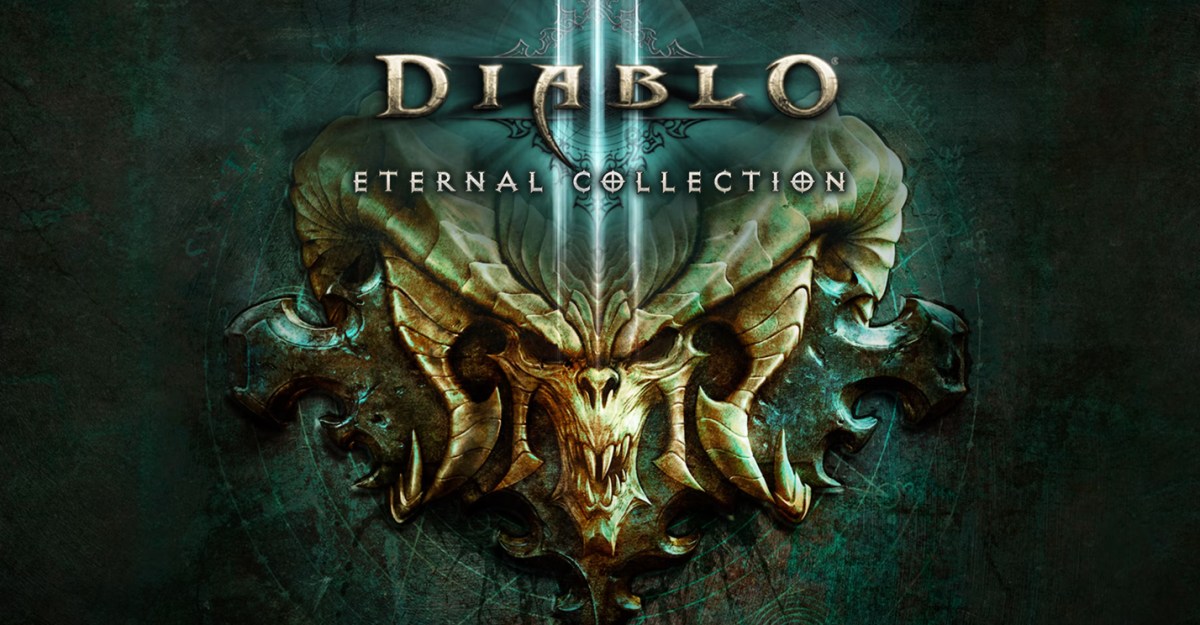Way back in the ancient days of 2012, Diablo III was one of the most anticipated games of the year. Unfortunately, it launched with controversy rivaled only by Mass Effect 3’s tricolor ending. It was always online, it had a real-money auction house, and worst of all, connection issues plagued the game as if a Witch Doctor had let a Gargantuan loose in Activision Blizzard’s server room. It was a launch that soured both the opinions of longtime fans and newcomers. These opinions suffered even further when Diablo III was stacked up against its revered predecessor, the grandfather of the loot-heavy dungeon crawler, Diablo II.
If you ask an ARPG enthusiast — let’s say someone who put a minimum of one thousand hours into Diablo II or Path of Exile — many still hold Diablo III in low regard. And they’re totally right to do so: It had an atrocious story and did away with the series’s mature, horror-esque aesthetic for a more cartoonish palette. Worse still, the loot system and gameplay loop were notoriously stingy at first, pushing the real-money auction house above all else. Diablo III launched as one of the worst examples of the genre, but on the eve of Diablo IV, it stands as one of the better examples by balancing accessibility well with complexity.
It took some time, but Blizzard listened to plenty of player complaints and subsequently righted the demonic ship so well that I’d argue only No Man’s Sky has turned it around better. At the forefront of these fixes, the real-money auction house got nixed and the end-game itemization improved dramatically. The Reaper of Souls expansion brought back the grimdark aesthetic along with the Crusader class. Procedurally generated Nephalem Rifts and Greater Rifts added hundreds of hours of gameplay, along with seasons that doled out new armor sets as if Sanctuary had its own fashion industry. The console ports also introduced rolling, which made the game by far the best-feeling isometric ARPG off PCs.
Sure, Diablo III didn’t scratch quite the same obsessive itch as Diablo II, but it filled an important niche over time — a game worthy of sinking a few dozen hours into at the very least for fans of the otherwise starved genre. What else was there? Both original Torchlight games filled a similar casual, arcade-like role, but I think Diablo III came away with a more expansive endgame. Path of Exile is the better game — maybe the best in the genre — if you have a master’s degree in character building, but if you don’t, it has one of the steepest learning curves. Grim Dawn fills a nice void between Path of Exile and Diablo III, sitting somewhere close to Diablo II in terms of complexity, but it’s still a bit too much for those without ample experience and predisposition to watch YouTube tutorials.
Diablo III became a great game that suffers from the overwhelming success of its predecessor, satisfying some but leaving more hardcore enthusiasts without water in the Desolate Sands of Caldeum. I sincerely hope Activision Blizzard finds the right mix of Diablo II and Diablo III for its fourth iteration, rather than leaning too heavily in one direction or the other.
As of right now, what I’ve seen looks promising. The developers have held betas for the endgame specifically, which includes myriad malevolently themed events like Helltides, Nightmare Dungeons, and Fields of Hatred, which should keep more diehard fans happy. They’re also adopting Diablo III’s seasonal structure shortly after launch. The campaign on the normal difficulties should satisfy the less hardcore among us for a dozen or so hours with some replayability between classes. However, for those that want to push gameplay systems and character builds to their limits — to see massive numbers both incoming and outgoing on the highest difficulties — it remains to be seen if Diablo IV can not only hold that audience but add to it.
The live aspects of the game concern me much like the real-money auction house did. Cosmetic microtransactions are fine in theory, yet I have my reservations after the disaster that was Diablo Immortal. In the end, however, as a fan of the genre, I want Diablo IV to carve its own bloody niche like both of its predecessors did, being accessible enough to play without in-depth guides and having an endgame with enough content to keep the demonically inclined playing for years to come.
Regardless of how Diablo IV turns out, Diablo III deserves more recognition as a stalwart addition to the loot-based ARPG genre, with quite a lot I hope its successor learns from it.






Published: Mar 18, 2023 11:00 am